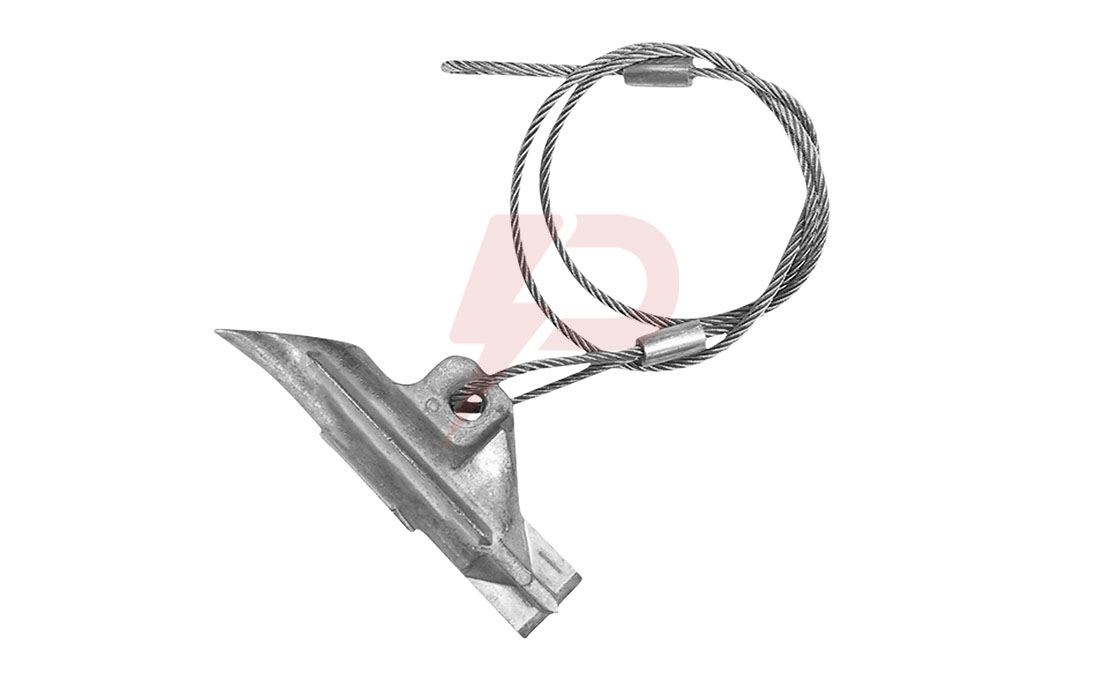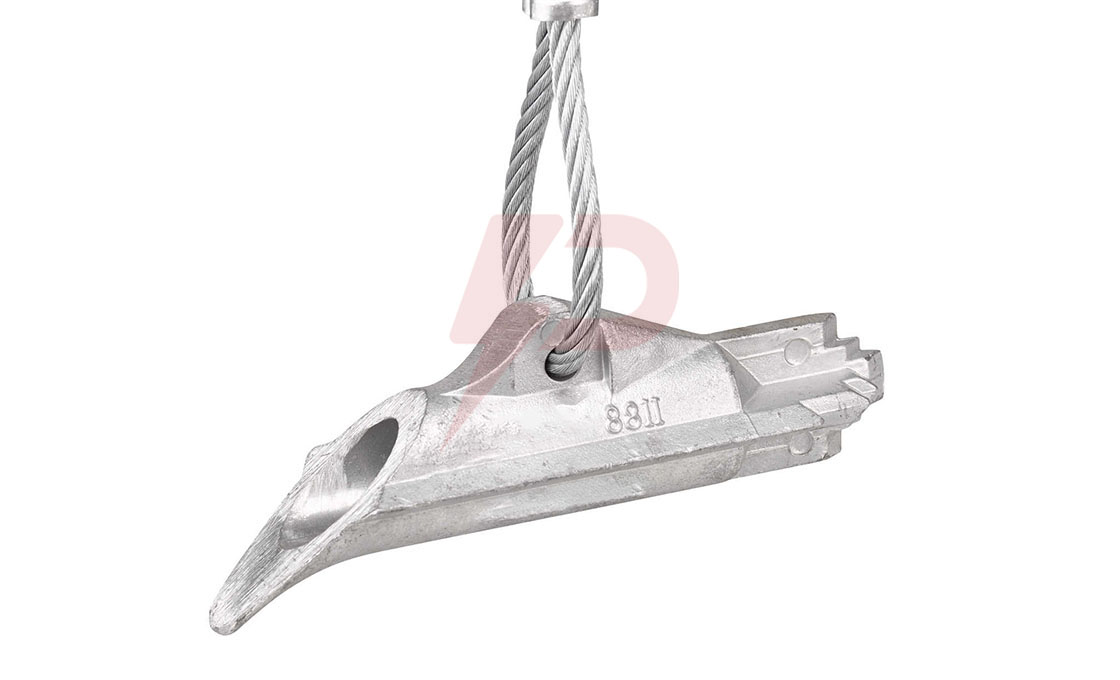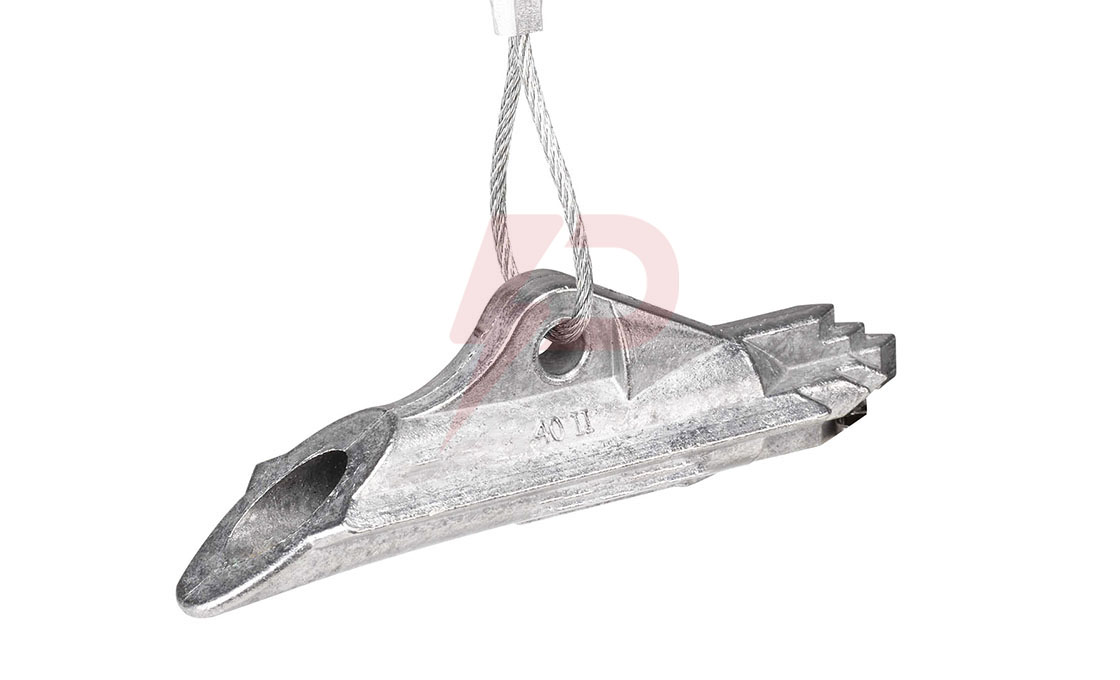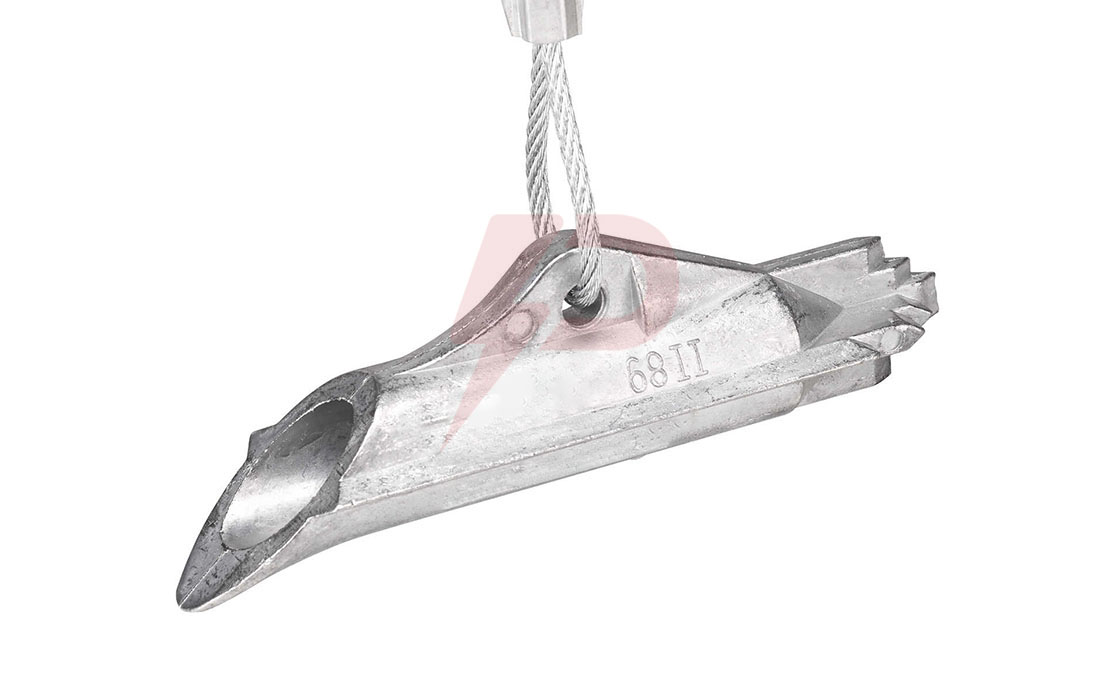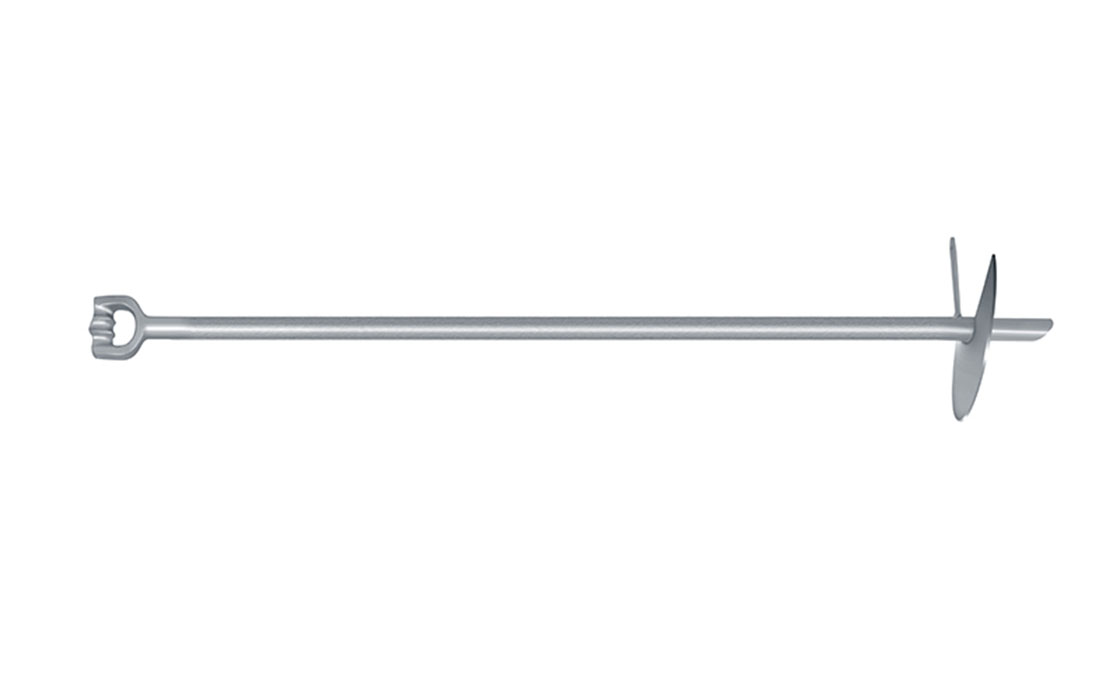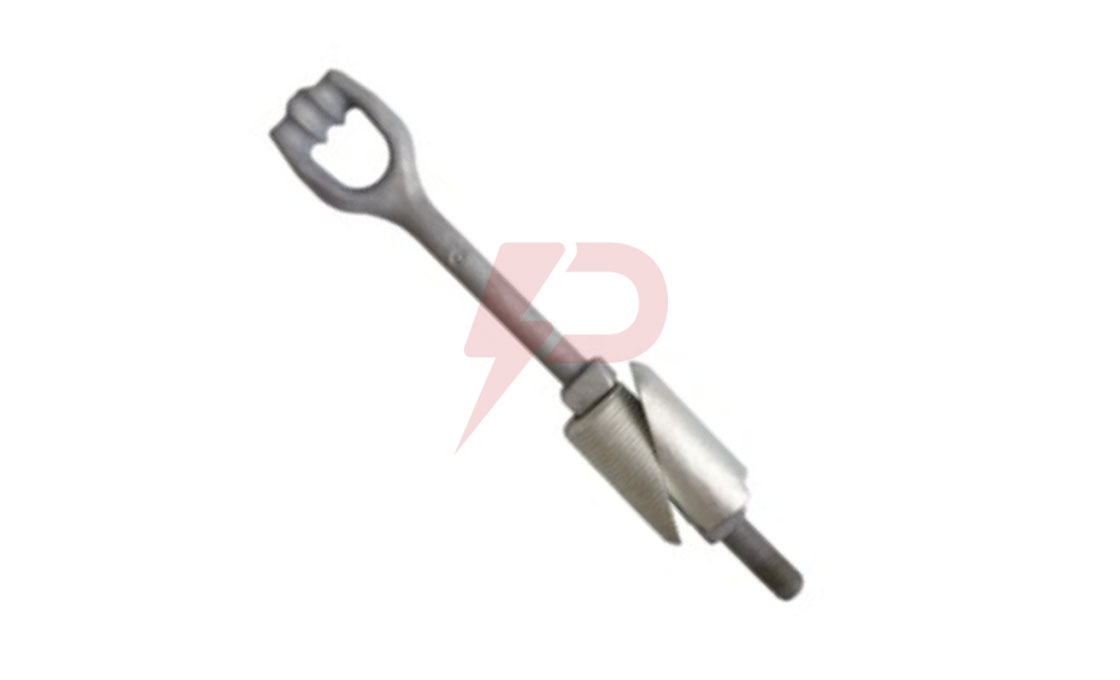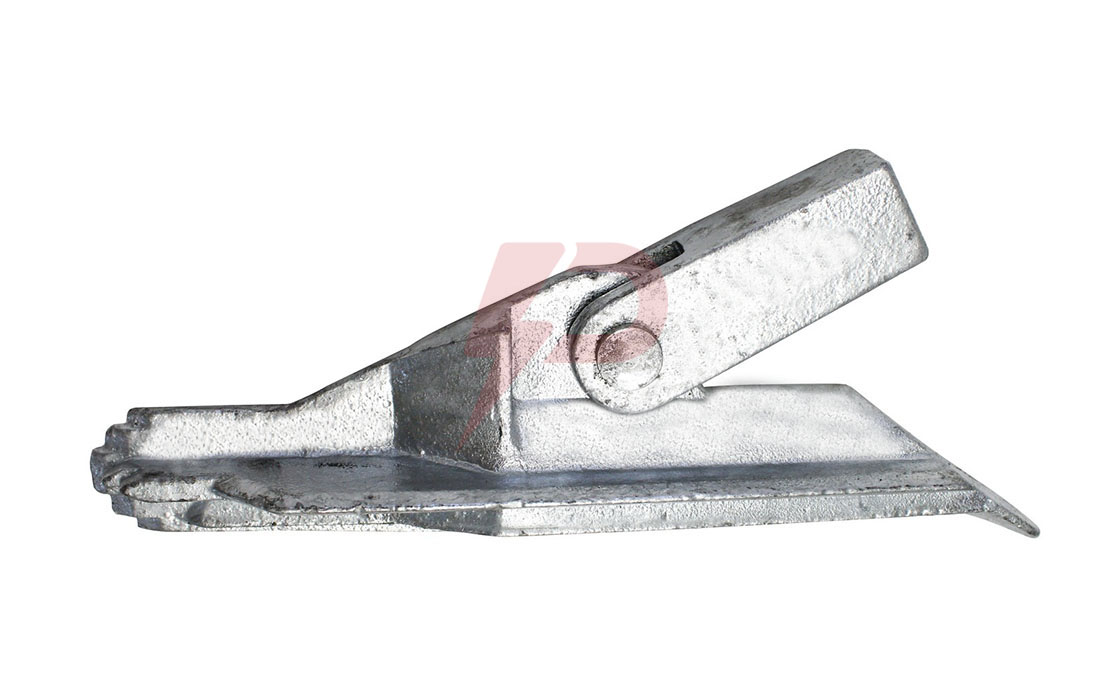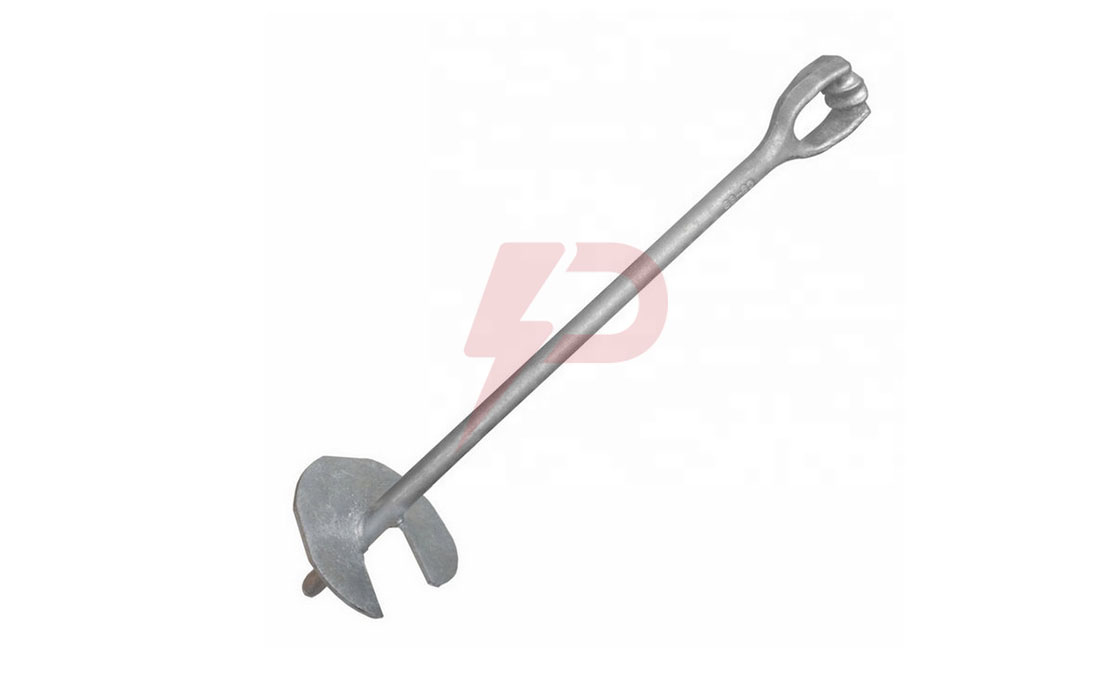Duckbill Anchor
A duckbill anchor is a form of low-capacity anchor used to hold things to the ground. It can anchor important outdoor items like trees, barbeques, benches, sheds, picnic tables, construction equipment, and ball washers.
Duckbill anchors are used by municipalities, construction projects, and individual people for anchoring things to the ground. The high anchoring capacities provided by duckbill anchors help prevent theft and reinforce the soil. They are preferred because they do not disturb the earth.
A duckbill anchor comprises a longitudinal sharp-edged galvanized ductile iron/ aluminum alloy tube with a galvanized wire rope. When used in harsh conditions, the tube can also be used with a plastic-impregnated cable or a stainless steel wire.
The primary function of duckbill anchors is to anchor or hold large or small items to the ground. Other reliable functions of duckbill anchors include soil stabilization and erosion control.
Installing this type of anchor is easy. The appropriate drive steel is inserted into the anchor tube. Then it is positioned at the desired angle. A drive rod is used to insert the tube into the soil. The drive rod is detached and removed when the appropriate depth is reached. Afterwards, tension is applied to the cable which causes the anchor to rotate and lock in place.
The main accessories used with a duckbill anchor are drive steel and a small sledgehammer for installation.
Key Features
- Galvanized ductile iron/ aluminum alloy anchor
- Plastic-impregnated cable or a stainless steel wire
- No digging or disturbing the earth’s structure
- Attached to a heavy-duty cable or wire
- Each duckbill anchor has a maximum weight limit
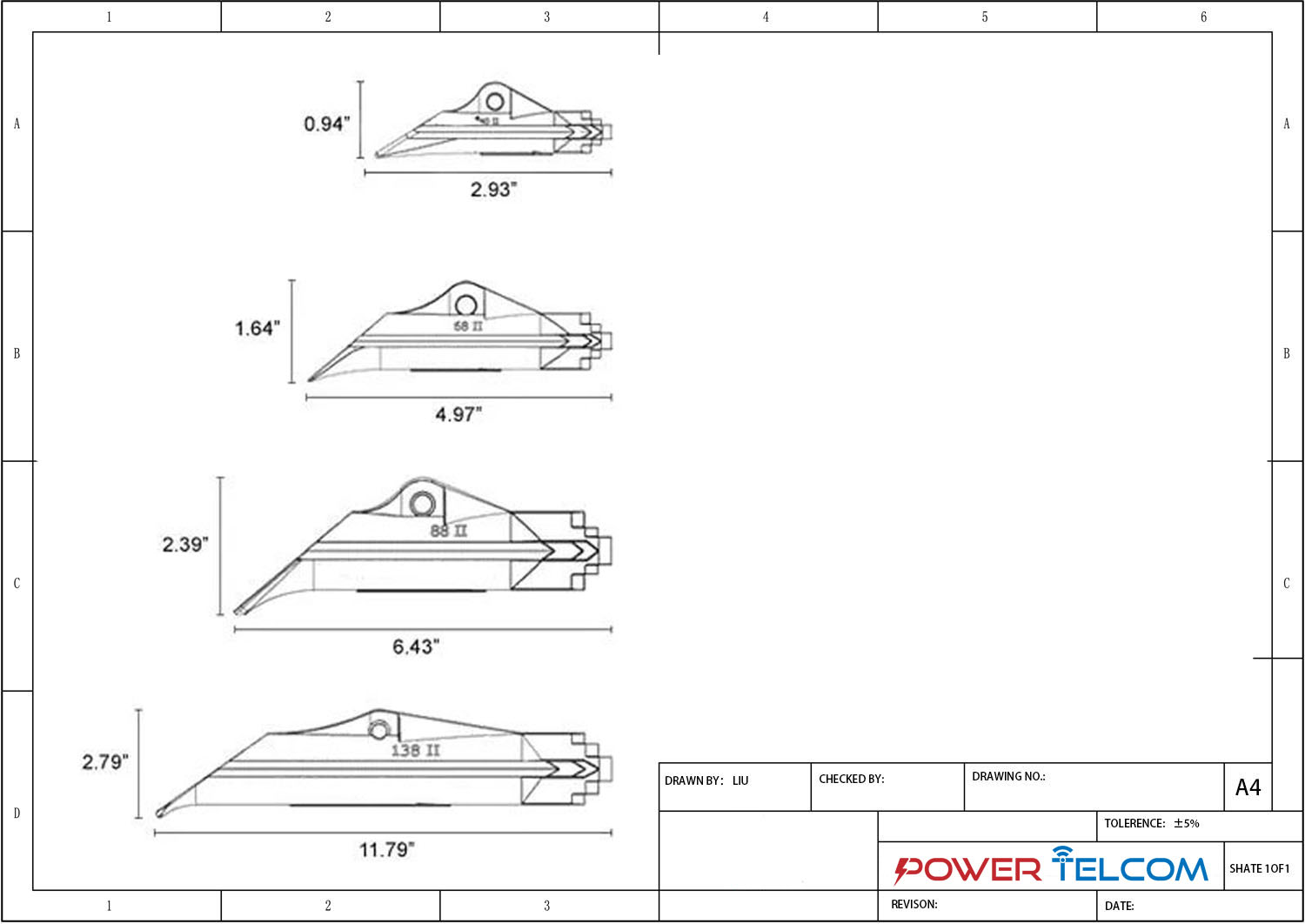
Duckbill Earth Anchor Drawing
| Model 40– DB1 | Model 68– DB1 | Model 88– DB1 | Model 138 ・DB1 | |
| Capacity (Per Anchor) | 300 lbs (1.33 kN) | 1,100 lbs (4.89 kN) | 3,000 lbs (13.39 kN) | 5,000 lbs (22.24 kN) |
| Wire Rope Length | 20 in (0.51 m) | 2 ½ ft (0.76 m) | 3 ½ ft (1.07 m) | 5 ft (1.52 m) |
| Galvanized Wire Rope | ¹/₁₆ in (1.6 mm) 7 x 7 GAC | ⅛ in (3.2 mm) 7 x 7 GAC | ¼ in (6.4 mm) 7 x 19 GAC | 5/₁₆ in (7.9 mm) 7 x 19 GAC |
| Wire Rope Breaking Strength | 480 lbs (2.14 kN) | 1,700 lbs (756 kN) | 7000 lbs (31.13 kN) | 9,800 lbs (43.59 kN) |
| Anchor Weight | 1.0 oz (28 gm) | 4.5 oz (128 gm) | 14 oz (397 gm) | 2.5 lbs (1.1 kg) |
| Standard Case &Weight | 50 units at 3.7 lbs (1.7 kg) | 24 units at 7 lbs (3.2 kg) | 12 units at 11 lbs (5.0 kg) | 12 units at 32 lbs (14.5 kg) |
Frequently asked questions (FAQ)
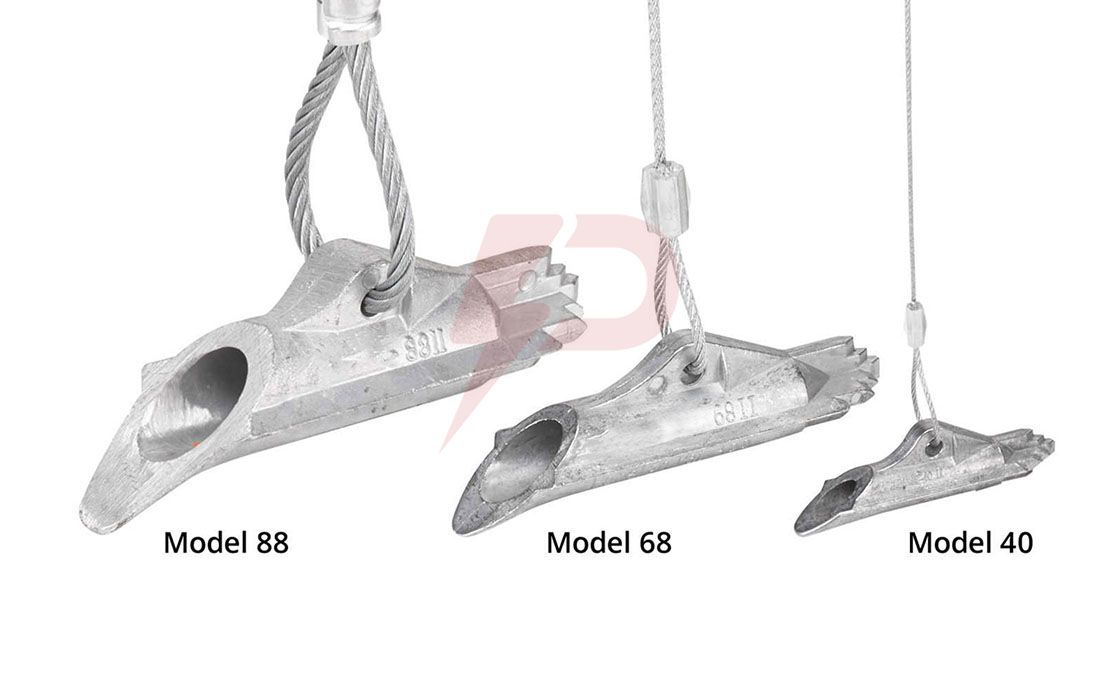
What is a duckbill anchor?
This is a type of mechanical ground anchor used to anchor a wide range of items to the earth. Unlike other varieties, duckbill anchors require no digging into the ground. Instead, they are pushed into the ground and the cable is tagged to secure them in place. Duckbill anchors come in two varieties – aluminum and galvanized ductile iron.
What Applications are duckbill anchors used for?
The first and most important application is theft deterrent. Duckbill anchors hold things firmly to the ground once installed. Most municipalities use them to secure public benches and picnic tables to the ground. Construction workers can use them to anchor equipment to the earth. Other applications of duckbill anchors include:
- Turf reinforcement
- Tree guide system
- Tree root ball system
- Vineyard trellises
- Erosion control
- Fencing and scaffolding
What accessories it is used with?
The quick and easy installation of a duckbill anchor requires two tools – a reusable drive rod (drive steel) and a sledgehammer. The drive rod is for driving or pushing the tube into the ground. The sledgehammer offers an alternative option for pushing the drive rod into the ground.
How a duckbill anchor works?
A reusable drive rod is used to drive the anchor into the earth. When the anchor reaches the appropriate depth, the drive rod is pulled off the ground. At this point, the anchor is positioned at an angle inside the ground. The person installing the anchor has to apply tension to the cable for the anchor to be installed successfully. The tension will rotate and lock the anchor in place to provide the required anchoring capacity.
